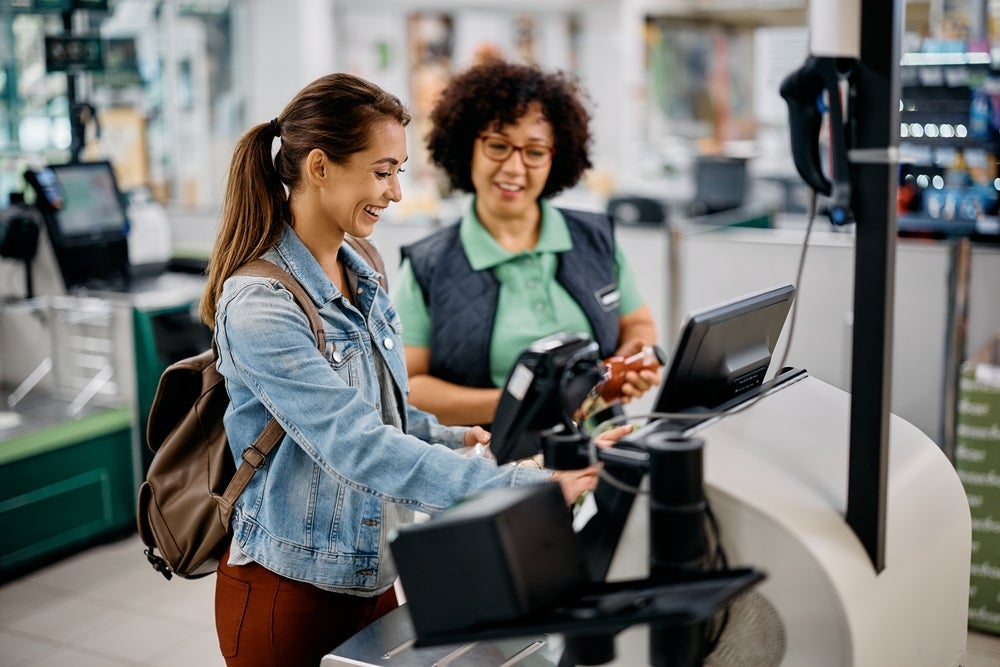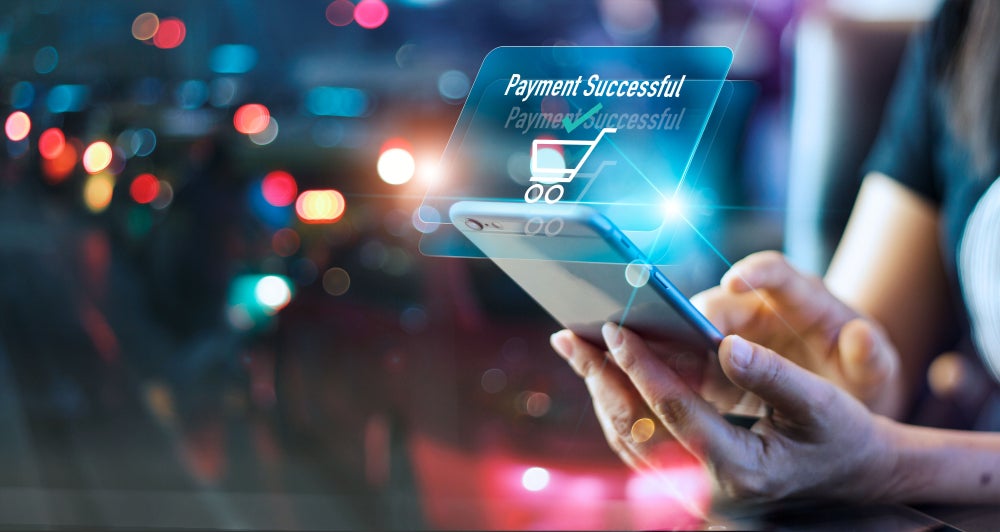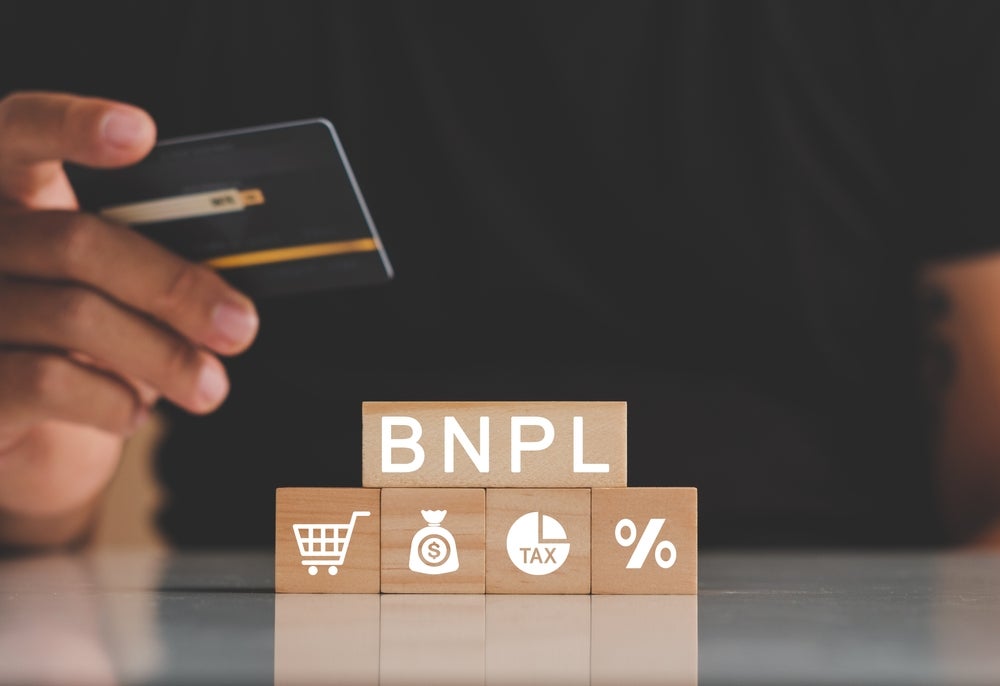authorisation could be a thing of the past.
biometric voice authorisation company based in the UK, said that as
payments technology continues to evolve at lightning pace, the days
of needing physical authorisation – with all its time delays, fraud
risk and merchant hassle – are over.
a biometric voice authentication system that would let people
withdraw money from automated teller machines without their ATM
cards.
people to make a withdrawal by entering their mobile phone number
into an ATM. The system places a call to the phone, allowing the
person to authenticate himself by matching his voice against an
existing biometric voiceprint.
the limits are set by the financial institution, but there is no
reason why we can’t use this technology to allow voice
authorisation of a host of transactions on any connective device
that allows us sufficient data for two-factor authorisation,” Ogden
told EPI.
the mobile phone as a means of augmenting authorisation at ATMs,
and for P2P [person-to-person], which both seem like natural
markets to begin with.”
future, however. A renowned payments veteran, he was instrumental
in the construction of Europe’s first on-line store in October 1994
and in the development of one of the first bank-endorsed e-commerce
initiatives, BarclaySquare, in 1995.
WorldPay and led the company through its growth to over 270
employees with 20,000 customers in 120 countries and processing
transactions in excess of $2 billion per annum.
way that banking and financial services transactions are conducted
to provide a secure and convenient global standard for worldwide
use,” he said.
payments will become as commonplace as chip and PIN because they
address key security concerns by delivering convenience, control,
and responsibility to the consumer and the substantial efficiencies
and benefits to the financial institutions concerned.”
seamlessly with existing payment and transaction processing
systems, and added that a new client could be up and running within
six weeks of joining the service.
to use. Consumers are asked to create an anonymous voice signature,
which uses a biometric that they then use to ‘sign’ for payments
and many other financial transactions. It seamlessly links to
VoicePay, the consumer-facing voice-payments system that was
announced in May 2007 by Voice Commerce.
Mobilising the paper cheque
Voice Transact enables financial institutions to lower risk,
communicate far more securely and efficiently with their customers
while providing increased confidence and reductions in fraudulent
transactions. Significantly, it also transfers the signing
responsibility back to the consumer, in exactly the same way that
cheques are signed.
house] really, when you think about it,” Ogden said. “We are just
mobilising the old paper cheque, and in way that can do many more
things for banks and consumers.”
timely: recent Harris Research suggested around 80 percent of
consumers are concerned about fraudulent access to their bank
accounts. In addition to reducing fraud, Ogden said Voice Transact
will enable financial institutions to tap into new markets, such as
mobile payments. Mobile wallets are projected to reach 1.4 billion
users by 2015 (or 25 percent of mobile users worldwide), according
to recent research by Edgar Dunn & Co.
type of P2P money transfer model, in which a remote user uses voice
authorisation to grant permission for another person to withdraw
funds from an account. This process could have big appeal in the
remittance market, for example, with a sender instructing a
recipient to access the sender’s account at an ATM.
authorise the transaction from miles away and the recipient would
receive the funds.
technology with an unnamed bank in the Middle East, added that
other announcements are forthcoming about additional Voice Transact
clients.
perfect, as many voice authorisation systems struggle in loud
places and have trouble recognising users if they have a cold.
Ogden said that Voice Transact has developed a backup system of
mobile phone callbacks with challenge questions in case voice
authentication fails.
transfers or paper cheques, Ogden stressed that voice authorisation
is actually more secure than signatures or PINs.
one of the only two-factor authorisation methods that can be used
cross-channel.
support 10 different kinds of transactions, including mobile
commerce, business-to-business payments, P2P payments, ATMs and
account transfers.
interaction between customers and their banks, Ogden said. For
example, when banks raise a credit card account limit, they
typically notify the cardholder by mail, and only after the fact,
something US consumers long have complained about.
to place automated calls to cardholders, asking them to accept or
decline the increased credit limit by voice authorisation,
improving customer relations while helping the institution keep an
eye on unneeded credit extensions in a jumpy credit market.
moments later with an offer of a special consumer loan, and if the
consumer agrees and voices authorises, the loan could be
transferred instantly into the customer’s account.
Ogden said. “It allows the bank to create a much more meaningful
relationship with the consumer and to do so in a non-intrusive way,
through a technology that is always on the customer.”
How well do you really know your competitors?
Access the most comprehensive Company Profiles on the market, powered by GlobalData. Save hours of research. Gain competitive edge.

Thank you!
Your download email will arrive shortly
Not ready to buy yet? Download a free sample
We are confident about the unique quality of our Company Profiles. However, we want you to make the most beneficial decision for your business, so we offer a free sample that you can download by submitting the below form
By GlobalData






